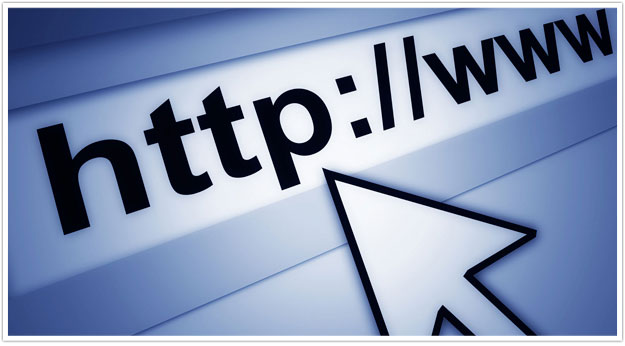How to Steal Traffic

When you’re trying to build traffic to your site, you’ll try anything to see those numbers climb.
Stop spinning your wheels and get strategic.
It’s a simple logical formula. In the world of the Web marketing universe, there are already communities formed around the ideas and interests that pertain to what you do and what you sell.
Your job is to find those
tribes and become a part of them so that you can lead their members to your site, where – assuming you’re doing your job of
publishing unique original content on a regular basis – they’ll find good reason to set up camp.
Step 1: Start with what you know.
Identify the popular websites and blogs where the types of people whose needs and interests align with your offering are hanging out, reading and interacting. Become an active participant in these communities by commenting on blogs and joining discussion forums.
If you focus on adding value to the conversation, people will be naturally curious to learn more about you, and they’ll seek out your site to see what else you have to say. Just make sure to include a link in your signature so they’ll know where to find you.
Step 2: Broaden your horizons.
If you’re not making much headway in terms of getting attention and traffic in these circles, it’s time to break out of your comfort zone.
Click through to other commenters’ websites and explore their blogrolls and commenter links. Eventually you’ll find yourself three or four degrees removed from your usual niche, and you’ll discover a whole new constellation of communities where you can focus your networking efforts.
Step 3: Aim for the top.
Once you’ve earned your stripes as a trusted and valued member of others’ tribes, start reaching out to those who lead them.
But don’t just email them out of the blue asking them to help promote your site. Instead, show your continued interest in being a valuable member of the community.
Send them a compelling original article that’s custom-tailored to their audience and the tone and personality of their site. Make sure it's flawlessly crafted, has an attention-grabbing headline and offers a distinct perspective with no wishy-washy language.
By providing them with a ready-made blog post, you’ll boost your chances of scoring the exposure you desire and the opportunity to get in front of a new audience of people to whom you can demonstrate your expertise and entice to follow you back to your own home base.
Step 4: Deliver on your promises.
If you're doing all this hard-core grassroots marketing to drive traffic to your site, it’s important to ensure that first-time visitors aren't disappointed when they get there.
Make sure you deliver on the high expectations you’ve created through your insightful blog comments, forum contributions and guest posts.
When new visitors arrive at your site, they should discover a library of compelling cornerstone content that speaks to their interests and concerns.
Find the unanswered questions that exist around your specialty offer your expert opinion. Provide real solutions to the problems that keep people up at night. Be bold and make sure you aren’t just saying the same thing as everyone else out there.
Useful and unique is the name of the game. Otherwise you'll be doing all this work to reel in new readers only to let them slip away again.
Great authors are defined by their ability to set fire to the written word. All too often in today's digital information age, that creative spark is stifled, leaving the Web littered with content that is lifeless and ineffectual. Fame Foundry's Author has made it his mission to revive the act of writing as an art form, harnessing the power of language to command attention and ignite a following. It's the difference between telling a story and building a legend.